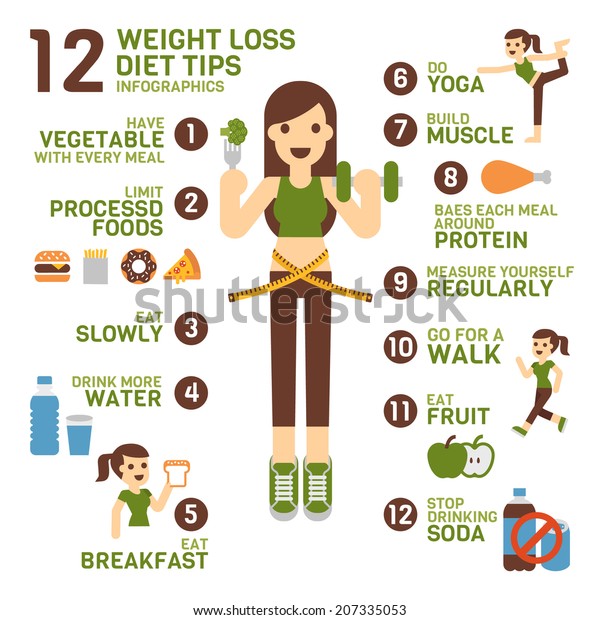The Importance Of Hydration In Weight Loss Journey
The Importance Of Hydration In Weight Loss Journey
Blog Article
Leading 3 Workouts For Weight-loss
In order to lose weight, you need to produce a calorie deficiency via diet and exercise. The best exercise can help you attain your goals more effectively.
Running burns calories and aids to lower natural fat, the sort of fat that twists around your inner body organs, which can cause persistent conditions like heart problem and diabetes mellitus.
1. Mountain Climbers
As a "compound" exercise, mountain climbers target multiple muscle mass groups and joints at once. Starting in a high plank (push-up) placement tests you to support your core, while the quick movement of bringing your knees into your upper body and expanding them out again engages your ab muscles. They also work your hips and leg muscular tissues. When executed correctly, they even function your triceps muscles somewhat, thanks to the flexing and prolonging motion at the elbow joint.
To obtain one of the most out of mountain climbers, aim to perform them in a slow and controlled manner, making each associate count. For example, count each time you pull your right knee right into your chest and after that repeat with your left knee. Or, if holding a slab is also difficult for your wrists or low back, include turning to the motion by pulling your right leg toward your left arm and the other way around in a semicircle shape. This increases the obstacle of your core muscle mass and works your obliques greater than routine mountain climbers do.
If you intend to challenge yourself also better, try making use of sliders or a towel on the flooring instead of your hands and feet. This raises the area you need to cross, and it requires a lot more stability also.
2. Dumbbell Squats
The barbell back squat and leg press equipment have a tendency to get all the interest when it concerns constructing lower-body muscle mass, but a set of dumbbells can supply just as efficient a workout-- if not even more. And it's much easier to work up to a hefty weight with dumbbells than with a barbell, so beginners can start with a workable tons and slowly construct strength over time.
The dumbbell squat builds muscle in the quadriceps, which are consisted of 4 muscles that regulate the correcting the alignment of and flexion of the knee. Yet it also targets the hip muscles, hamstrings and calves. As a matter of fact, nothing else activity strikes more muscle groups below the waist.
Stand with a single pair of dumbbells at arm's length in front of you, cupping the top end in each hand (picture holding a heavy goblet). Keep your core engaged and chest up as you push your hips back and bend your knees to lower until your upper legs go to the very least alongside the floor. Pause, and after that drive through the balls of your feet to return to the beginning placement.
For one more variation, try the Cup Stroll Squat, which is similar to a conventional squat but uses a band wrapped around your knees for included resistance. This aids you protect against the typical error of raising your knees above your toes during a squat, which can bring about hip discomfort and injury.
3. Slab Jumps
The plank dive is an exercise that incorporates a traditional plank with the jumping activity Lose Weight 101: How-To Guide of a leaping jack. This dynamic exercise targets the core muscular tissues, consisting of the erector spinae, rhomboids, and abdominus. The jumping action additionally targets the arm muscular tissues. By integrating this challenging workout with various other core-busting workouts, such as planks, squats, lunges, and heavy curls, you can get one of the most out of your workouts to achieve a more powerful and a lot more chiseled body.
Beginning by presuming the pushup placement (feet together, head to heels, and arms straight and in accordance with your shoulders). Engage your core, then take off up. When you return to the beginning position, bring your feet back to the facility of the floor and repeat.
If you haven't done slab jumps in the past, you can reduce the intensity by restricting the number of reps or the quantity of time you spend holding the placement. Start with a few sets of 20 secs with 10 seconds of remainder between each set to develop your strength and endurance. Eventually, you can function your way up to a complete minute of slab jumps. Nonetheless, remember that it's far better to do fewer representatives with outstanding form than to exhaust your muscles and run the risk of injury.